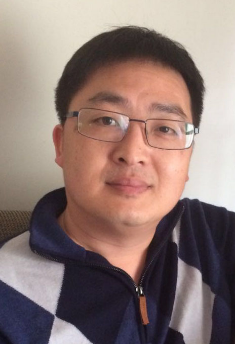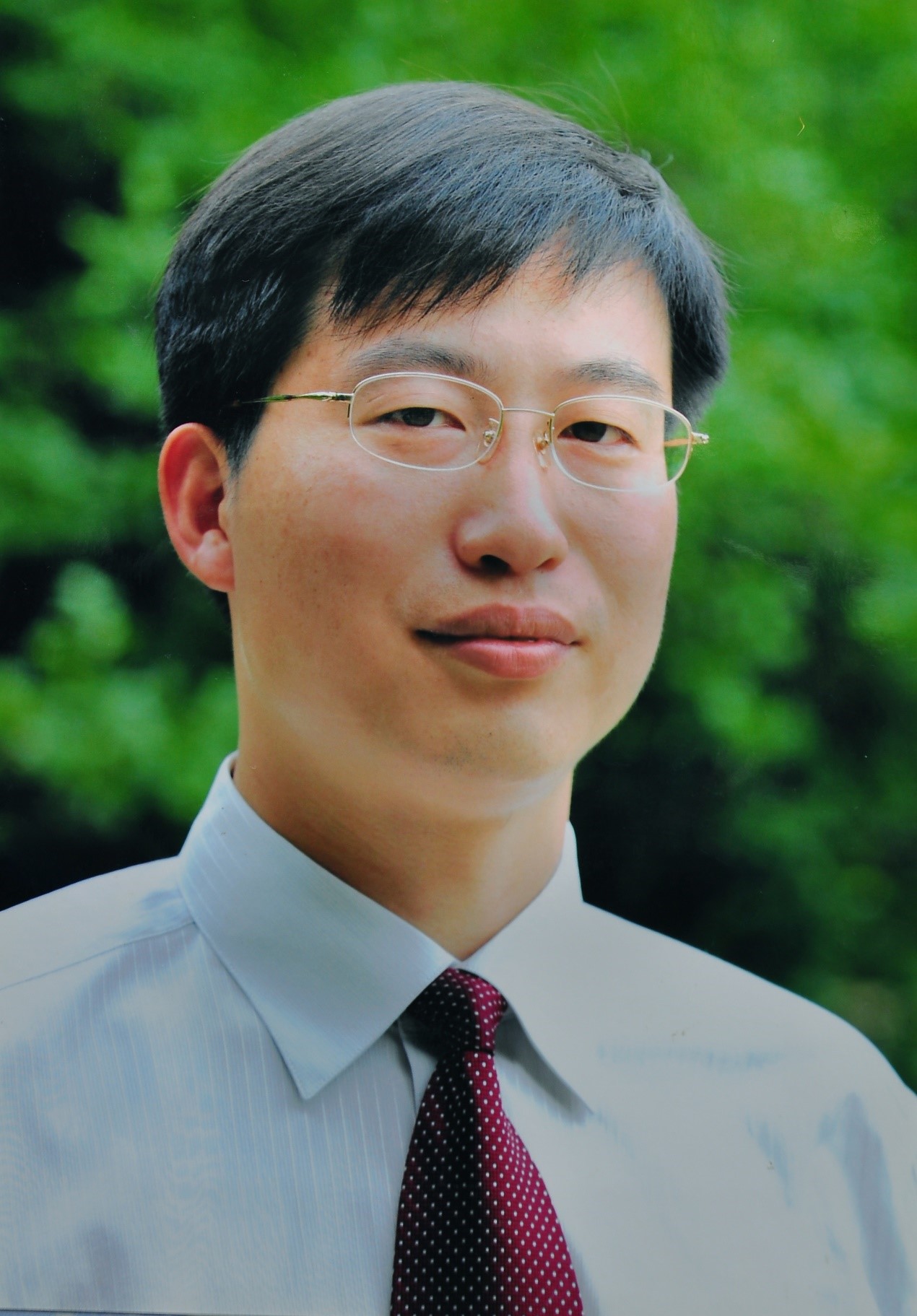

题目:Chlorine in Biomass: Mode of Occurrence and Release during Pyrolysis in Reactors of Various Configurations
时间:2019年1月11日 9:00-10:00
地点:必赢线路检测中心 F310会议室
邀请人:齐飞教授(内燃机研究所)
Biography
Professor Hongwei Wu is the head of Discipline of Chemical Engineering, Western Australian School of 
Mines: Minerals, Energy and Chemical Engineering, Curtin University, Australia. At Curtin, Prof. Wu leads a sizable research group dedicated to fundamental studies into thermochemical processing of various fuels, particularly coal, biomass, biomass-derived fuels (e.g. bio-oil, biochar, bioslurry). Since 2018, Prof Wu has been serving as the Associated Editor of Energy & Fuels – a journal published by the American Chemical Society (ACS). Recently, Prof. Wu has also received the inaugural 2018 Curtin Awards for Excellence in Higher Degree by Research Supervision.
Abstract
This seminar discusses the presence of Cl in biomass and the release of Cl in char, tar, and gas during pyrolysis at 400−900 °C in various reactor systems. All Cl species in the biomass sample (mallee bark) are in form of water-soluble chlorides. In a fixed-bed pyrolysis reactor, the release of Cl is insensitive to pyrolysis temperature between 400 and 900 °C, with Cl completely released with volatiles (∼77% in tar and ∼23% in gas). In a drop-tube/fixed-bed reactor, under continuous feeding, the amount of Cl released at 400 °C is similar to that in the fixed-bed reactor. However, Cl retention in char increases with temperature, reaching a maximum at 600 °C (∼42%), and then decreases with further temperature increases (e.g., only ∼6% at 900 °C). In the same drop-tube/fixed-bed reactor under pulsed feeding conditions, Cl release and distribution follow similar trends but to a lesser extent. The results confirm that volatile−char interactions also play important roles in Cl release and distribution among products during biomass pyrolysis and that Cl in char is thermally unstable at elevated temperatures. Calculations by difference further suggest that substantial Cl (47−84%) is present in tars, which is further confirmed by quantifying Cl in the flue gas produced from in situ combustion of biomass volatiles using a two-column pyrolysis/combustion reactor. While achievable under all other conditions, the mass balances of Cl in char, tar, and gas are not achievable during biomass pyrolysis in the drop-tube/fixed-bed reactor at T > 600 °C, suggesting that some Cl react with inorganic species (e.g., Na and K) to form alkali chlorides and deposit on the reactor wall.
题目:生物质热解转化制取高品位液体燃料的研究
时间:2019年1月11日 10:00-11:00
地点:必赢线路检测中心 F310会议室
邀请人:齐飞教授(内燃机研究所)
Biography
王树荣博士,浙江大学教授,获国家杰出青年科学基金资助,入选“中青年科技创新领军人才”、“新世纪优秀
人才支持计划”。主要从事生物质热化学转化制取高品位液体燃料和高附加值产品的研究。近五年来,以一作出版1部英文专著和2部英文著作章节,以通讯/一作发表SCI论文70余篇,应邀在Progress in Energy and Combustion Science 发表生物质热解转化的长篇综述,并入选热点论文;受邀作大会报告5次,并在香山科学会议作特邀报告;以第一完成人获授权发明专利13项、教育部自然科学一等奖1项。
Abstract
在过去几十年里,通过热解将生物质转化制取液体燃料的研究引起了越来越多的兴趣,同时,热解也是其它热化学转化过程的关键阶段。深入了解生物质热解机理,有利于生物质的高效转化。然而,生物质的多样性和结构复杂性使得该部分研究极具挑战性。通常采用结构简单的模型化合物,如单体和商业化的生物质组分,来揭示生物质的热解途径。然而,由于缺乏一些关键官能团和化学键,从这些化合物中得到的热解信息是不完整的。因此,如能通过一些提取或合成方法得到和生物质组分结构较为接近的物质有助于更好认识生物质热解行为。此外,分析技术是获取生物质热解过程详细信息的关键。传统的TG-FTIR/MS、Py-GC/MS等技术难以实现关键中间体特别是自由基的检测,阻碍了热解反应网络的准确构建。利用近年来发展起来的原位高温电子顺磁共振、同步加速器真空紫外光电离质谱等分析技术,可实现对关键中间体演化和热解过程的在线监测。将实验信息与理论模拟相结合,有助于建立准确的微观动力学模型,反映生物质热解过程的真实反应路径,也有助于宏观力学动力学模型的发展,能够更准确预测典型产物的变化规律。预处理和催化热解是改善热解产物分布的常用方法。而这一研究课题也越来越受到人们的关注。然而,由于现有催化剂的积炭率高、产物选择性差等缺点,催化热解的应用仍然受到限制,同时,各种预处理工艺的协同优化也是进一步提高热解转化的必要条件。此外,考虑到生物油成分复杂、性质较差,迫切需要采取适当的升级方法,实现生物油的高品位利用。然而,生物油的直接升级面临着严重的积炭问题,需要在升级前进行预分离处理,同时可以采用多级分离的方法从残留馏分中提取有附加值的化学物质,从而实现生物油的高价值利用。在此基础上提出了一种基于分子蒸馏分离的生物油分级改性方案,采用温和加氢-共裂化方法对富含酮类和酸类的馏分进行针对性改性制备生物汽油,其中催化剂的改进和反应条件的优化是关键问题。

